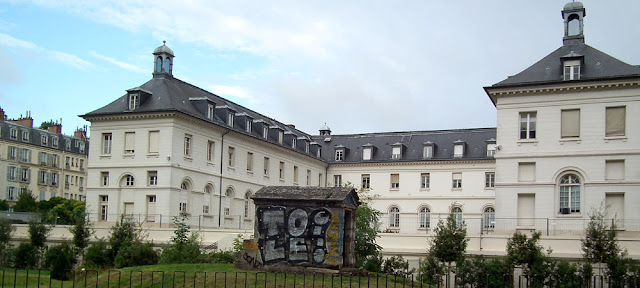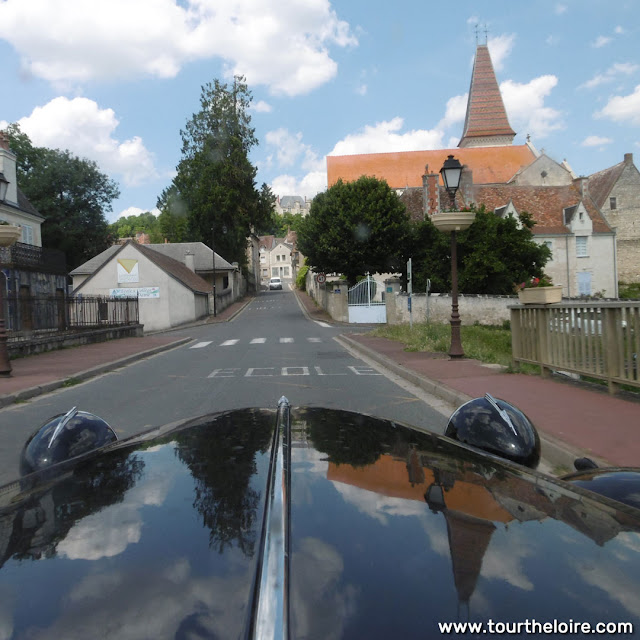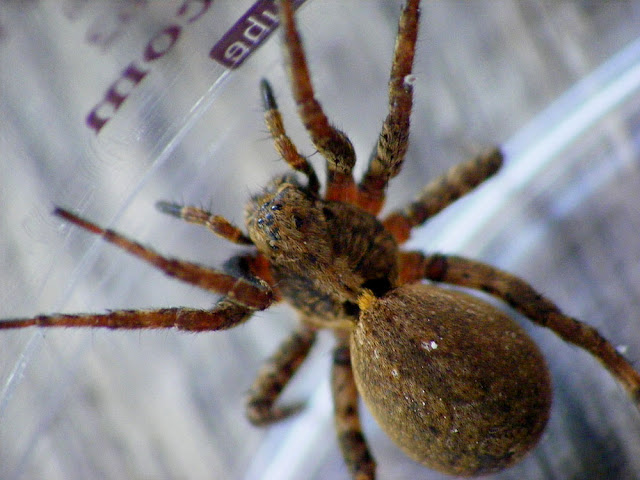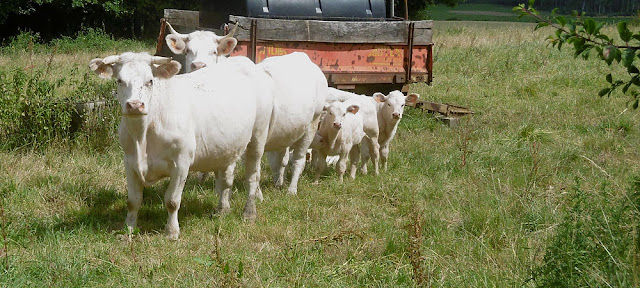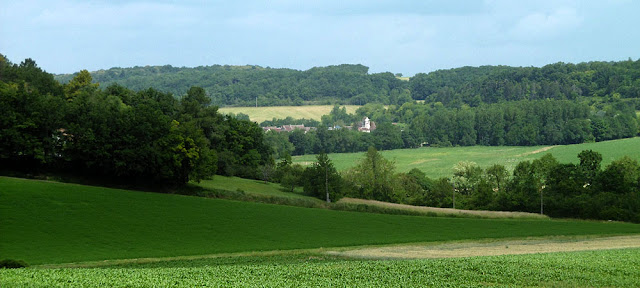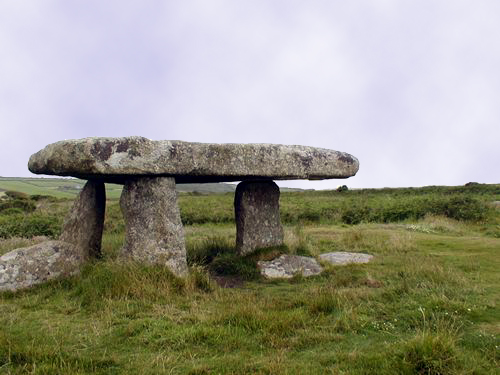The Medici aqueduct, or Rungis aqueduct, was built on the orders of Marie de Médici, to deliver the water from the natural springs at Rungis, on the edge of Paris, into the centre of Paris itself. Commissioned in 1623, the aqueduct is still in operation. It is owned by the City of Paris and managed by Eau de Paris.
The heavily graffitied Regard de Saux, with the Hôpital La Rochefoucauld behind.
Along the course of the aqueduct there are a series of elaborate manhole covers, called les regards, which mark the route it follows. They are access points to the underground galleries, via a staircase. At each regard, the water passes through a basin whose purpose is to promote the oxygenation of the water and the deposition of impurities. Some of them, originally constructed in what were open fields, have been enclosed in private properties. Most of them, however, are located on the public road. They are supplemented at much closer intervals by 258 more discreet inspection hatches.
This regard is number 25, in the grounds of La Rochefoucauld Hospital (an aged and palliative care facility), and visible from avenue René-Coty. The architectural style reference is to the Mausoleum of Cyrus at Pasargades.
************************************************
For details of our private guided tours of chateaux, gardens, wineries, markets and more please visit the Loire Valley Time Travel website. We would be delighted to design a tour for you.
We are also on Instagram, so check us out to see a regularly updated selection of our very best photos.
We are also on Instagram, so check us out to see a regularly updated selection of our very best photos.

